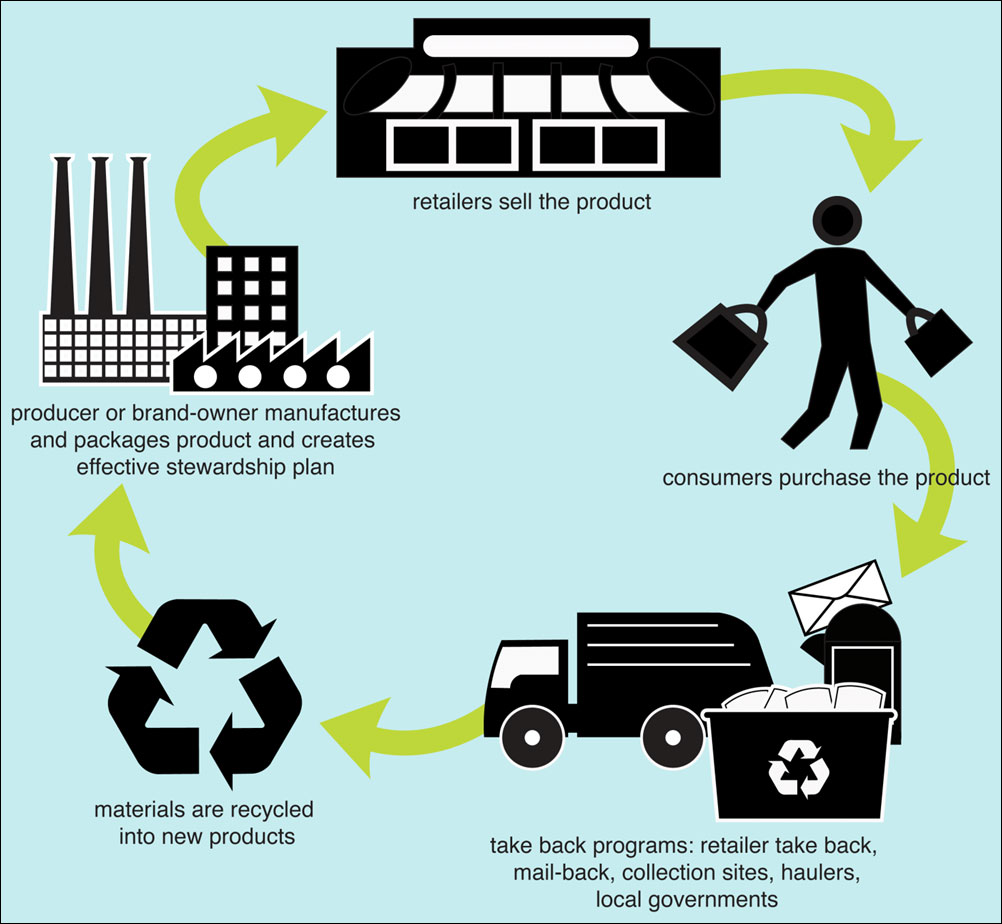Sources of E-Waste
1]Households:Old or broken electronics, such as phones, laptops, and home appliances, contribute significantly to e-waste from households.
2]Businesses: Offices and companies generate e-waste through outdated computers, printers, and other electronic office equipment.
3]Industries: Industrial e-waste includes large machinery, medical devices, and specialized electronic equipment that become obsolete.
3]Retailers: Unsold inventory, returns, and outdated stock from electronic retailers also add to the e-waste burden.



